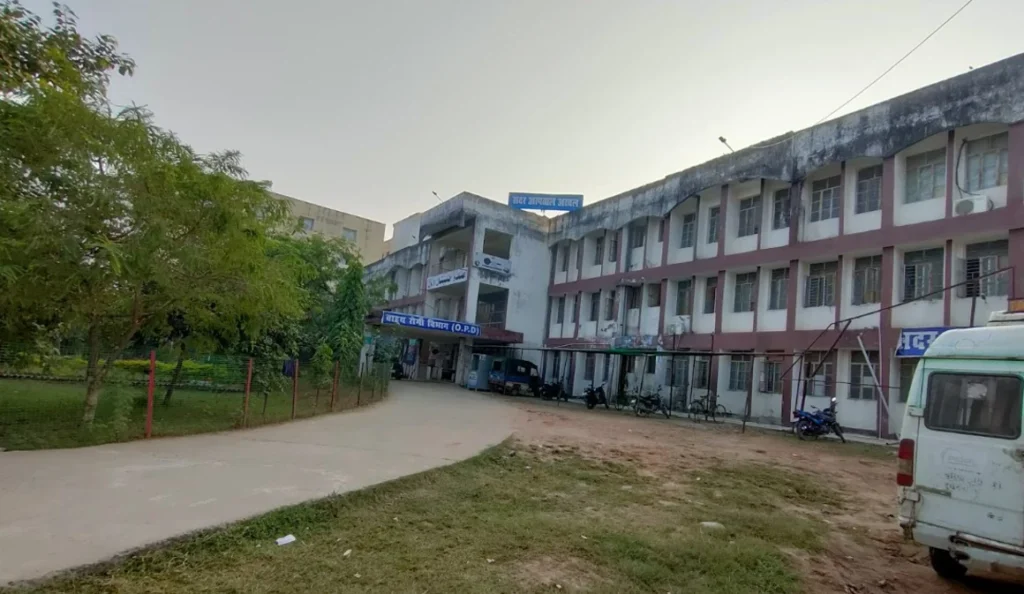“Explore Arwal District, Bihar—rich in history, culture, and progress. Discover its vibrant heritage, economic growth, and key attractions.”

Arwal District, Bihar: Legacy, Progress & Unstoppable Growth
Arwal District, situated in the eastern Indian state of Bihar, is a region that blends the essence of rural life with the aspirations of progress. With a rich historical and cultural heritage, Arwal has been a crucible of change, striving to bridge the gap between tradition and modernity.
Geographically, Arwall District covers an area of approximately 638 square kilometers and is divided into three sub-divisions: Arwal, Kaler, and Karpi. Its borders are shared with the districts of Jehanabad, Gaya, Bhojpur, and Aurangabad, reflecting its strategic location within the state.
Agriculture forms the backbone of the economy in Arwal. The fertile lands of the district yield a variety of crops, including rice, wheat, and pulses. However, like many parts of rural India, Arwal faces challenges related to land fragmentation and limited access to modern farming techniques. Efforts are being made to promote sustainable agriculture practices and increase farmers’ income through various government initiatives.
Education is another critical facet of Arwal’s development. The district has made strides in improving literacy rates, but there is still room for progress. Several schools and colleges have been established, catering to the educational needs of the local population. The government’s push for digital literacy and vocational training has been instrumental in equipping the youth with valuable skills.
Arwal’s healthcare infrastructure has also seen improvements over the years. The district now boasts a network of primary health centers and government hospitals, ensuring better access to medical facilities for the residents. Maternal and child healthcare programs have played a pivotal role in reducing mortality rates and enhancing the well-being of the community.
In terms of connectivity, Arwall has witnessed significant enhancements. Roads and bridges have been constructed to improve accessibility to remote areas, facilitating trade and commerce. Moreover, the development of the Nabinagar Super Thermal Power Project in nearby Aurangabad district has the potential to bring economic growth and job opportunities to Arwal.
The cultural heritage of Arwal is a testament to its historical significance. The district is home to various ancient temples and historical sites, which attract tourists and pilgrims. The annual Maa Mundeshwari Temple fair is a prominent event that draws devotees from far and wide.
Despite these positive developments, Arwal faces challenges typical of rural areas, such as unemployment, poverty, and inadequate infrastructure. The government, in collaboration with non-governmental organizations and local communities, is working tirelessly to address these issues.
One of the most pressing challenges is the need for sustainable livelihood opportunities. Promoting entrepreneurship, skill development, and micro-enterprises can help mitigate the effects of unemployment and poverty. Initiatives like the Prime Minister’s Mudra Yojana and the Start-up India program are being actively promoted to empower the local population economically.
Famous Places in Arwal District
Arwal District in Bihar, India, is known for its rich historical and cultural heritage. While it may not have as many world-renowned landmarks as larger cities, it boasts several places of local significance. Here are some famous places in Arwal District:
Maa Mundeshwari Temple: This ancient temple is one of the most famous landmarks in Arwal. It is dedicated to Goddess Mundeshwari, and its unique architecture dates back to the Gupta period. The temple attracts pilgrims and tourists alike and is known for its historical and architectural importance.
Rajauli Fort: Located in the Rajauli block of Arwal, this fort has historical significance. It is believed to have been constructed during the Magadh region’s rule and has witnessed various dynasties’ influences over the years.
Bodh Gaya: While not technically in Arwal District, Bodh Gaya is nearby and deserves mention. It is a UNESCO World Heritage Site and one of the most sacred Buddhist pilgrimage sites in the world, where Gautama Buddha is said to have attained enlightenment.
Parihar Sharif Dargah: Situated in the Karpi block of Arwal, this dargah is dedicated to a revered Sufi saint, Hazrat Sheikh Makhdum Sharfuddin Ahmed Yahya Maneri Parihar. It’s a significant religious and cultural site.
Fairs and Festivals: Arwal hosts various fairs and festivals throughout the year, such as the Maa Mundeshwari Temple fair, attracting devotees and visitors from different regions. These events provide insights into the local culture and traditions.
Natural Beauty: Arwal is known for its picturesque countryside and scenic landscapes. The district is blessed with lush green fields, serene ponds, and the meandering Son River, offering opportunities for nature enthusiasts and photographers.
Historical Villages: Arwal is dotted with historical villages and settlements, each with its own unique stories and cultural significance. Exploring these villages can provide insights into the district’s rich history.
Local Markets: While not specific landmarks, the local markets in Arwal offer a glimpse into daily life and commerce in the district. They are great places to experience the local culture and taste traditional cuisine.
While Arwal District may not have the fame of larger cities, it offers a unique blend of history, culture, and natural beauty. These famous places and cultural elements make it an intriguing destination for those interested in exploring the heart of rural Bihar.
Read More :-
